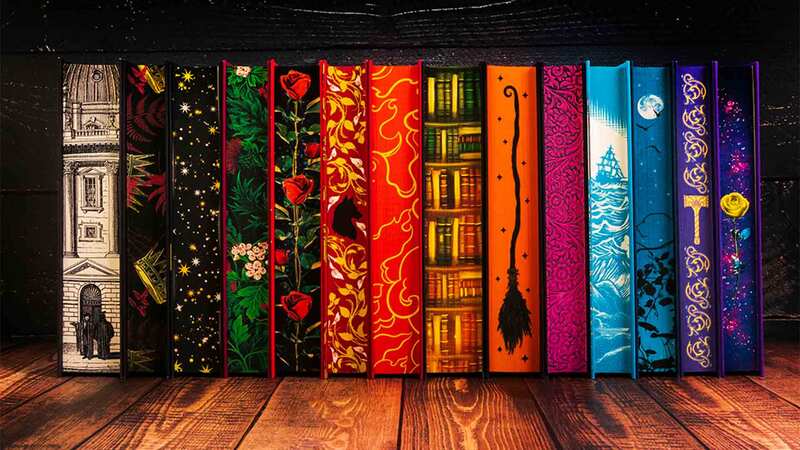You are viewing your 1 free article this month. Login to read more articles.
Picture perfect: the true story of Hollywood
When I began to research what would become Laura Lamont’s Life in Pictures, I started reading about the Hollywood studio system, those massive complexes of power that could lift a youngster out of obscurity and turn them into a bonafide movie star with a few simple alterations.
On the surface, the studios were pure glamour, all feathers and tap-dancing. They were enormous, glittering factories and their products were movie stars, each with a more beautiful face than the last; each designed to make the public forget their daily problems for a few hours. Of course, nothing is that simple.
For Americans, California has everything to do with this idea. It’s all the way over on the west side of the country, enormous and beautiful, with the ocean lapping away at the beaches. It’s an impossible place – too serene and temperate, the farmers’ markets always bursting with fruit no matter the time of year. How could dreams not thrive there?
For me, fiction always starts with the setting, and the thought of going to California seemed like such a mythical idea: the origin for so many dreams, both realised and abandoned. I got on a plane and tooled around those sun-drenched streets, riding around Paramount Studios on the back of a super-sized golf cart.
Hollywood is not just dresses and jewels, wild parties and hotel suites. Those are the gateway drugs on the road to understanding the true messy centre of it all. Once I was inside the studio’s walls, other factors began to come into focus. The actors and actresses were contract players, and they would all show up for work and wait to be told what to do.
There were cafeterias and barber shops within the studio’s walls, bicycles to ride and co-stars to flirt with. While girls and boys across the country were scouring magazines for details about the stars’ lives, those very details were being manufactured by their publicists. This one needed to be married off, this one was gay and needed a pretend girlfriend, this one needed to show up at a soup kitchen to look like a better human being. The costume designers sewed the women into dresses to make their waists look smaller and their breasts look bigger. Everyone played their part.
We like to complain about the rampant and hostile takeover of reality television, but how different is it really? There are producers staging shots and starlets calling the paparazzi to tell them when and where they’ll next be eating frozen yoghurt. The goal is the same – to be seen, to be famous, to be recognised as special. The glamour and the grit are two sides of the same coin – only the glamorous side has been polished to a sheen.
Of course, it’s not all about ascension. Becoming a star, being plucked out of that chorus line, is only so interesting. What I wanted to see is what happens next; what happens when the spotlight moves onto a new, fresher face. With Laura, I knew that that was the real heart of the story – the dresses had been shiny wrapping paper, the glittery container that her story lived inside. It’s what happens when the camera turns off that I was after.
Growing up in New York City, I was raised to see LA as a place filled with airheaded Valley girls in a landscape of creaseless, Botoxed foreheads. I had to forget all of that in order to write the novel, to remember what it was like to step off a bus and into the future, one full of boundless possibility. Because what could be more American than hope, and the promise of reinvention?
That’s the real glamour, the idea that we can change our fates within a single lifetime. The fact that our fates can (and will) change again and again is terrifying and exhilarating – we never know which role will be our last.
Laura Lamont’s Life in Pictures by Emma Straub is published by Picador.













